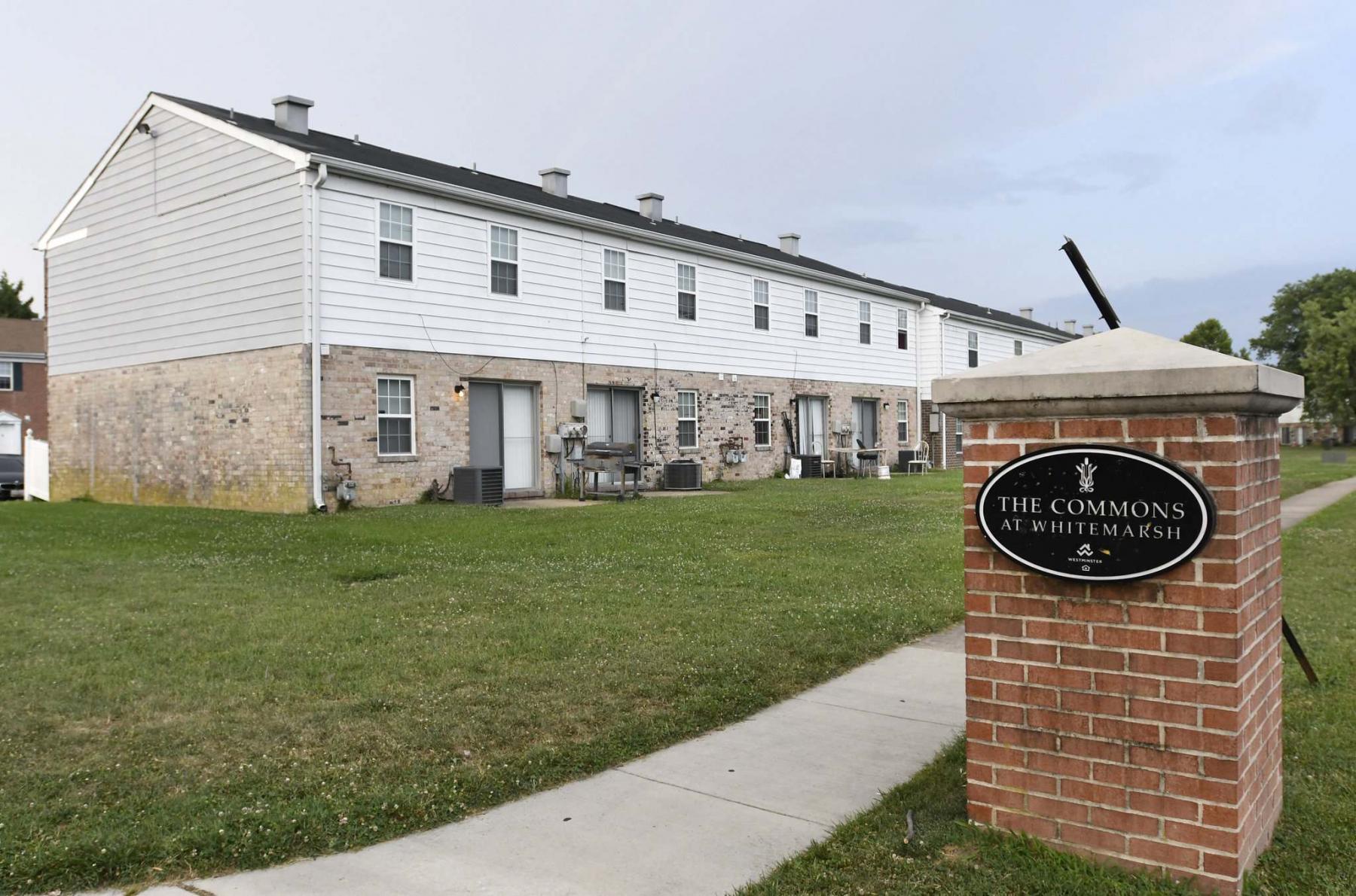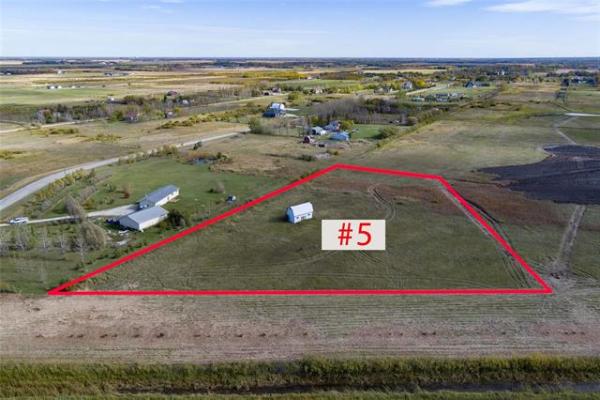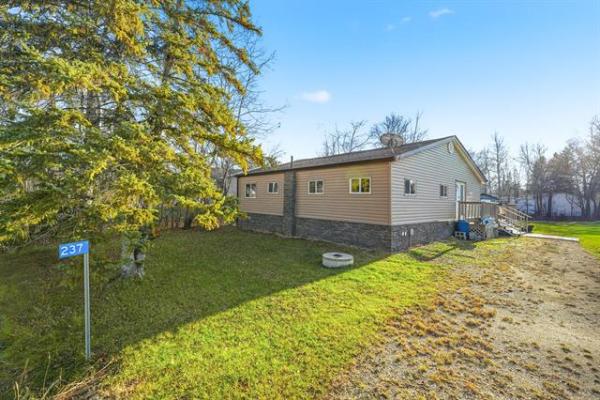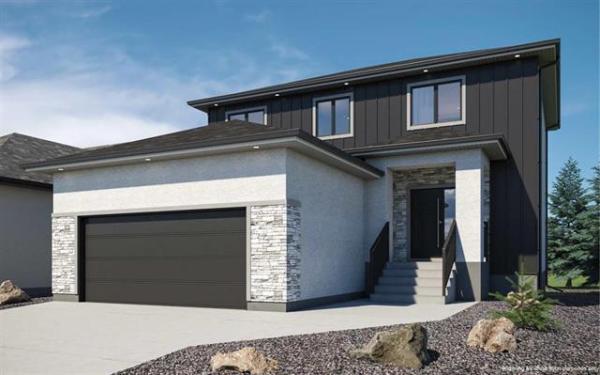QUESTION: We have small children, and our neighbours are growing marijuana plants in their basement. We are adjoining townhouses, with concrete walls in between. How are townhome basements and firewalls constructed? Is it only concrete walls separating us, or is there wood anywhere? I would imagine there would be at least two concrete walls in between the homes built around 30 years ago. I tried talking to the neighbours, but growing is legal now. Our house smells like a marijuana shop. Is it possible for cigarette and weed smell or smoke to pass through two concrete walls? I have an air purifier, but it’s not enough. We are putting out vinegar water dishes. I was thinking of painting our side of the concrete wall to help prevent seeping. Winter is coming, so I can’t open the windows anymore. We can’t sell our home, unfortunately.
Help!
Answer: Problems with a next-door neighbour’s activities in semi-detached homes can often be difficult to solve, but you may not have the source of the odour entry into your suite correct. It is more likely that the smells are coming in through interior walls, windows and doors, rather than the concrete foundation wall in between the units.
Annoying odours coming from adjacent living units in multi-family dwellings have always been a potential problem. But with the recent legalization of cannabis in Canada, this adds another dimension to the issue. I’m not sure in which province you are located. But in Manitoba, home cultivation for recreational use is not yet legal. I will assume you are in an area where it is acceptable, which will limit your stinky neighbour to a maximum of three plants. I would doubt that the odour from growing that limited quantity in their basement would permeate your living space, but certainly the smoke from regular consumption could be a factor. If they have a cultivation licence for medicinal use, which may allow larger quantities to be grown for other individuals as well, you may have an insurmountable problem. I would ask the neighbours if that is the case, and in that situation I can offer no other advice than to move.
To address your question about partition walls between townhouse units — again, this may vary from area to area and local building practices. It is most common in our area to have a single concrete partition wall between the basement of adjacent units, which is part of the foundation when originally poured. While this concrete wall may not be waterproof, it is doubtful that significant plant odours could penetrate it, unless there are gaps at the top between the floor joists or there is a major air-pressure differential between your suite and theirs. The one thing that may be somewhat universal is that the divider walls between suites have fire-safety requirements. These are primarily designed to slow down the spread of fire from an adjacent living space, but may also limit the amount of air exchange, if well sealed.
While it may seem that the odours related to cannabis growth and smoke are coming from the basement next door, it is more likely that they are entering your living space from other openings. Basement windows should be the initial area of concern, and checking to ensure yours have good seals may be the first area to address. If you have poor-quality windows, or damaged weatherstrips or hardware, upgrading these to modern PVC windows with proper sealed units should help. This also applies to your other windows, but the basement ones may be the most concerning and the least expensive to upgrade.
The next area to investigate is the actual walls between the living spaces, including the floors. The basement wall between units may be concrete, but the upper floor or floors are more likely wood-frame construction. While these should be well air-sealed for fire safety — with insulation, 6MIL polyethylene sheathing and fireguard drywall — there may often be poorly sealed areas.
There may be gaps at the bottom of walls and behind the baseboards, where air and smoke could penetrate your unit from next door.
I would recommend removing baseboards and caulking and blowing expanding polyurethane foam into any gaps.
Check the floor joists in the basement where they tie into the common foundation wall and look for gaps or missing insulation and poly that could allow air flow between units. If these are seen, sealing all exposed areas with foam from a can could be a big help.
Applying paint to your side of the common concrete foundation wall is not a bad idea, but ensure you are buying a product that is rated as a vapour barrier. While this may not provide much relief by itself, it may help in your overall attempt to air seal the common walls between suites. Also, it may assist you in finding any openings or gaps you have otherwise overlooked while doing the preparation and painting.
These could be small openings around water or gas pipes, electrical wires or conduits, or other components of mechanical systems that are shared on both sides of the common wall.
Inspecting and sealing any gaps or openings in the firewall or foundation wall between you and your neighbour may provide enough relief from the odours related to cannabis to make the situation tolerable. Also, checking your windows and exterior doors for damage or poor seals and upgrading as required may be the final piece of the puzzle.
Ari Marantz is the owner of Trained Eye Home Inspection Ltd. and the past president of the Canadian Association of Home & Property Inspectors — Manitoba (cahpi.mb.ca). Questions can be emailed to the address below. Ari can be reached at 204-291-5358 or check out his website at trainedeye.ca.
trainedeye@iname.com




